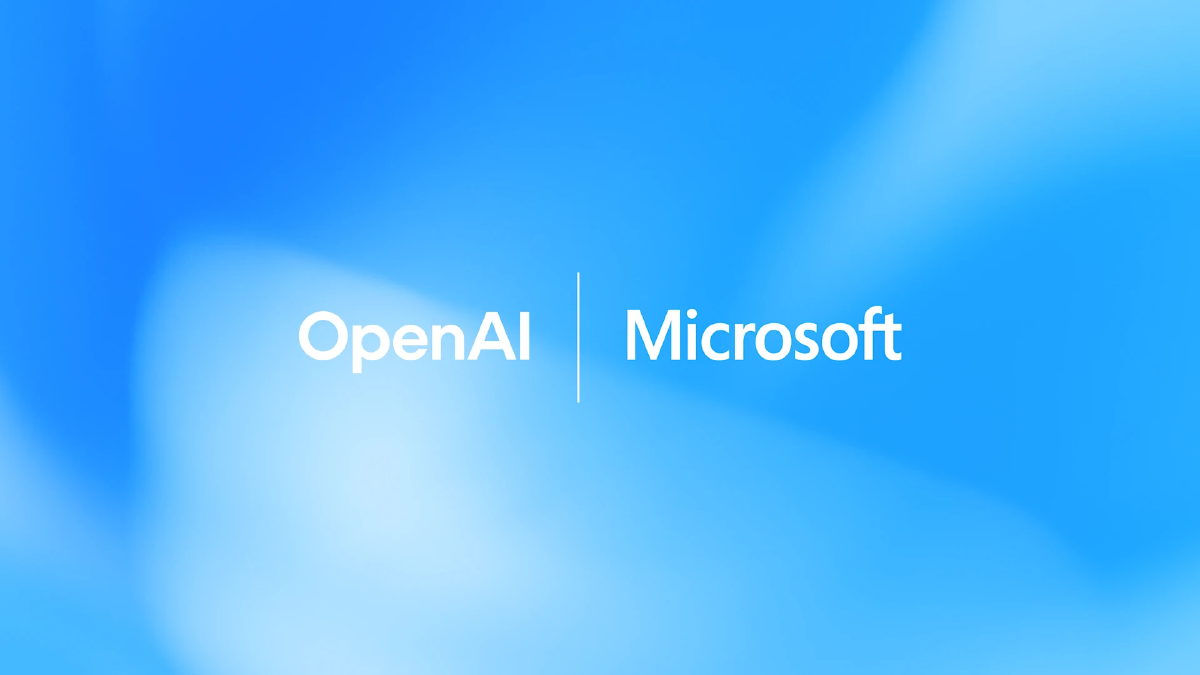OpenAI and Microsoft just announced a major restructuring of their partnership, and the details reveal how complex the path to AGI has become for both companies. After six years of exclusive collaboration, they’re rewriting the rules—giving each other more independence while keeping the financial and technical ties intact.
The headline: Microsoft’s investment is now valued at $135 billion, representing about 27% of OpenAI’s post-recapitalization structure. But the more interesting changes are about what happens before and after AGI.
The AGI Declaration Problem#
The biggest shift: an independent expert panel will now verify when AGI is achieved. This matters because the entire partnership hinges on that declaration. Microsoft’s exclusive IP rights, Azure API exclusivity, and revenue share agreements all change the moment AGI is officially declared.
Previously, OpenAI’s board made that call. Now it requires external verification. That’s not just bureaucracy—it’s acknowledgment that declaring AGI is too consequential for any single party to control.
What Microsoft Gets (and Keeps)#
Microsoft maintains exclusive IP rights through 2032, even after AGI is declared. This includes access to models developed post-AGI, with appropriate safety measures. The company also keeps Azure API exclusivity until AGI, then through 2032 for subsequent models.
Research IP rights continue until either AGI verification or 2030, whichever comes first. This covers confidential methods used in model development but explicitly excludes things like model architecture and data center hardware IP.
The catch: if Microsoft uses OpenAI’s IP to develop AGI first, their models must use compute thresholds “significantly larger” than current leading models. That’s a technical constraint with real implications—it limits how aggressively Microsoft can race ahead using OpenAI’s research.
What OpenAI Gets (New Flexibility)#
OpenAI can now develop products jointly with third parties. API products from these collaborations stay exclusive to Azure, but non-API products can run on any cloud provider. That’s a meaningful opening for OpenAI to expand beyond Microsoft’s infrastructure.
The company also commits to purchasing $250 billion in Azure services—but Microsoft no longer has right of first refusal as OpenAI’s compute provider. OpenAI can shop around, though the Azure commitment suggests they won’t stray far.
Two other notable changes: OpenAI can now provide API access to U.S. government national security customers regardless of cloud provider, and they’re authorized to release open weight models meeting specific capability criteria.
Both Can Now Chase AGI Independently#
The most significant strategic shift: Microsoft can independently pursue AGI, either alone or with other partners. This is new. The original partnership was built on OpenAI developing AGI with Microsoft’s support. Now both companies can race toward the same goal on parallel tracks.
That fundamentally changes the relationship. They’re still partners, but also potential competitors. The agreement includes compute thresholds and IP constraints to manage that tension, but it’s there.
Public Benefit Corporation Structure#
OpenAI’s board is moving forward with establishing a Public Benefit Corporation (PBC) and recapitalization. The $135 billion valuation applies post-recapitalization. This structure is meant to balance profit motives with OpenAI’s stated mission to ensure AGI benefits all of humanity.
Whether a PBC structure can actually accomplish that at a $135 billion valuation is an open question. But it’s the framework both parties have settled on.
The Revenue Reality#
The existing revenue share agreement remains in place until AGI verification, with payments distributed over an extended period. Microsoft has already invested heavily—this agreement clarifies how they’ll be compensated as OpenAI generates revenue and potentially reaches AGI.
What This Actually Means#
Six years into their partnership, OpenAI and Microsoft are acknowledging a more complex reality: AGI might take longer than expected, multiple paths might exist, and locking each other into exclusive arrangements indefinitely doesn’t serve either party.
The new agreement gives both companies room to maneuver while maintaining the core relationship. Microsoft keeps access to OpenAI’s models and research through 2032. OpenAI gets infrastructure commitments and flexibility to work with others. Both can pursue AGI independently while sharing certain IP and methods.
The expert panel for AGI verification is the most telling detail. When even the companies building AGI can’t agree on who decides when it’s achieved, you need external arbitration. That’s not a technical problem—it’s a philosophical and financial one.
The question isn’t just “when will we achieve AGI?” It’s “who decides, and what changes when they do?”
This agreement provides an answer, at least between OpenAI and Microsoft. The rest of us are still waiting to see what AGI actually looks like.
Learn more: Read the full announcement on OpenAI’s website for complete details on the partnership restructuring.


